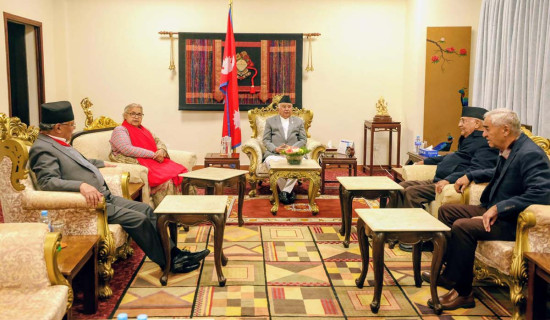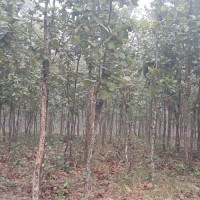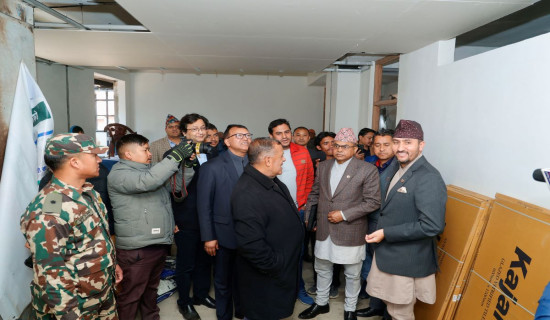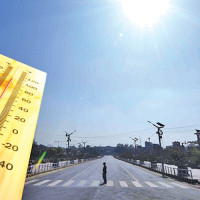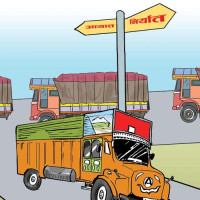- Tuesday, 23 December 2025
Building Disaster-Resilient Future
Nepal has always faced natural disasters of one kind or another, especially during the monsoon. Floods, landslides and glacial avalanches, lake outbursts, forest fires, among others, have regularly hit Nepal, while the threat of seismic disasters looms larger with shocks and aftershocks being experienced quite often. The earthquake that hit Nepal in 2015 exacted a heavy toll on life and assets, and its aftershocks are felt even today. However, experiences and consequences have shown that the damage and destruction caused by disasters like earthquakes and landslides can be minimised, if not prevented, if appropriate measures and steps are designed properly.
The World Population Review newsletter Editor Shane Fulmer shares vital clues and practices on how different countries have innovated and adopted strategies to cope and counter the natural disasters, especially focusing on how damage and destruction could be minimised. The newsletter includes such countries as Japan, Chile, Switzerland, and Singapore, where best practices have been able to minimise the loss of life and property. According to the newsletter, Japan’s high exposure to a variety of geographical, meteorological and man-made risks ranks it first and foremost among disaster-prone countries in the world.
Disaster preparedness
Major emergencies over the past three decades, including the 1995 Kobe earthquake and the similar disasters occurring time and again, have taken tens of thousands of lives and required hundreds of billions in recovery costs. Despite persistent challenges, risk reduction policies and practices explain much of Japan’s success in keeping residents safe and secure. The two most important policies involve a bottom-up engagement for disaster preparedness and response, and improvement over time.
Much of the Japanese success in mitigating disasters comes from disaster preparation and response. It involves far more than the free disaster manuals and disaster apps available to all. Furthermore, according to the newsletter, in Tokyo, residents participate in annual disaster training drills, learning to use diesel-powered pumps to put out fires and practicing tying tourniquets. In urban centres, even small communities have their own sheds filled with firefighting and rescue gear, which volunteers are trained to use. Children, parents and teachers in tsunami-prone areas take part in regular evacuation drills.
School curricula at all levels include discussions of floods and training to prepare for other likely shocks. Many communities hit by disasters have their own museums. One study counted more than ten museums and learning centres in a local city alone. Japan has also been able to keep people safe despite hazards ranging from tsunamis to volcanoes because officials at the local, regional and national levels have invested in improving responses over time, well before authorities pushed architects and engineers to make buildings safer.
After major shocks such as the 1923 Tokyo, 1995 Kobe and 2011 Tohoku earthquakes, construction firms have upped their engineering game. Even the 2024 Noto earthquake has pushed the government towards more revisions of seismic standards. After more than a century of improvements in planning and design, deaths in Japan due to earthquakes are far rarer than in other nations facing seismic shocks. Japan’s experiences with bottom-up engagement with disaster preparedness and response alongside continuous improvement over time can be the lessons to be learnt by countries like Nepal. Given the increasing frequency and intensity of shocks and disasters, Japan can serve as a model for other nations seeking to build resilience.
Another country, as highlighted in the newsletter, which has successfully tackled challenges posed by natural disasters, is Chile. Situated on the Pacific Ring of Fire, Chile faces frequent, high-magnitude earthquakes. Chile’s capital city, Santiago, has a skyline that is a master class in seismic design. Buildings flex instead of fracturing to withstand the shocks and aftershocks. Nationwide earthquake drills are routine in Chile. And alert system reaches even remote villages instantly via text. Following the massive 8.8 quake in 2010, essential services were restored in much of the country within just ten days, an extraordinary feat. Chile has experienced over 15 quakes above magnitude 8.0 in the last century, yet building collapses remain rare. That’s structural discipline in action.
Another country, as noted in the newsletter, is Singapore. Though it doesn’t face massive quakes or volcanoes, it prepares as if it does. This city-state leads the world in “resilience engineering,” embedding safety into urban design. Drainage canals double as flood-control reservoirs. Rooftop greenery reduces heat. The Civil Defence Force trains continuously, and simulations test everything from cyber-attacks to pandemics. Real-time data powers emergency decisions, helping avert chaos before it starts. In 2020, Singapore topped the Global Resilience Index (GRI) for infrastructure and risk mitigation. The country built underground malls and pedestrian tunnels with flood-proof doors.
National alert system
With volcanoes, glaciers, and geothermal geysers at every turn, Iceland has, according to the newsletter, mastered the art of living with extremes. Buildings are designed to withstand ash and wind. Power comes from geothermal sources that rarely fail, even during eruptions. Iceland’s national alert system sends location-specific instructions directly to mobile phones.
Another country to note in this context is Switzerland. From avalanches to flash floods, Switzerland faces mountain risks with engineered calm. Avalanche walls protect entire towns. Dams are reinforced for record rainfall. Emergency plans are deeply ingrained in every canton’s governance system. Every Swiss municipality is required to maintain an annually updated hazard map and response protocol. Over 80 per cent of Swiss communities conduct mandatory emergency drills each year. Some of the above-mentioned experiences and practices offer good lessons to learn for countries like Nepal that has been bearing the brunt of natural calamities around the year.
(The author is presently associated with Policy Research Institute (PRI) as a senior research fellow. rijalmukti@gmail.com)



